Have you ever experienced a sudden power cut, and wondered what caused it? Chances are, a circuit breaker tripped. But how does a circuit breaker work? Circuit breakers are an essential part of any electricity system: they prevent overloaded circuits from overloading and ensure the safety of not only your equipment, but also you as well! In this blog post we’ll dive into the intricacies of circuit breakers; from their basic construction to more advanced features such as thermal-magnetic tripping mechanisms and arc suppression coils – we’ll answer all your questions about this indispensable yet oft-forgotten device. So let’s get started!
What is a Circuit Breaker?
The function of a circuit breaker is to stop the flow of electricity in an electrical system once it detects a fault. It’s designed to protect an electrical circuit from excessive current on any single part of the system, and prevent damage to both people and property.

How Does a Circuit Breaker Work?
When a current that is too high passes through the circuit breaker’s sensing coil, it causes the armature inside to move back and forth rapidly. This triggers the contact points within the breaker to open up and separate, breaking the flow of electricity. This interruption stops any further current from going through which prevents possible damages such as overheating wires or sparking outlets.
Once tripped, a circuit breaker must be reset manually for it to continue supplying power again. To reset the circuit breaker, the user needs to switch it off and then on again. This will cause the contact points to come together which allows electricity to resume flowing through the circuit. Circuit breakers can be designed to trip multiple times without needing a manual reset, however this usually indicates an underlying problem that needs to be addressed immediately.
Therefore, circuit breakers are an important tool for controlling electric current in your home or business and should always be used as per manufacturer guidelines. Not only do they provide safety against short circuits and other electrical issues but also help prevent fires from starting due to faulty wiring or power overloads. If you ever have any questions about how your circuit breaker works or need assistance in replacing one, you should always consult a qualified electrician.
Basic Construction of a Circuit Breaker
Circuit breakers are composed of three basic components: an adjustment knob, a busbar, and an arc chute. The adjustment knob is used to control the amount of current passing through the circuit breaker. The busbar powers the circuit breaker and also helps distribute electricity throughout the system. Finally, the arc chute is designed to contain any arcs created when the circuit breaker trips.
When power enters a circuit breaker, it passes through several sensors that measure current flow. If too much current flows, these sensors will detect this and signal to the trip mechanism located inside the circuit breaker’s frame. When triggered, this mechanism disconnects electricity from entering or flowing through the protected conduit, effectively “breaking” or “tripping” the circuit.
Once the power has been disconnected, the circuit breaker must be reset before it can be used again. To do this, a user will typically turn the adjustment knob to adjust the sensitivity of the circuit breaker. This ensures that it is able to protect its connected systems from future overloads without having to trip too often. After adjusting the knob, power is restored and current is allowed to flow through the circuit breaker once more.
Thermal-Magnetic Tripping Mechanisms
Thermal-magnetic tripping mechanisms are another type of circuit breaker. This type combines two types of protection: thermal and magnetic. The thermal portion is designed to trip when the current reaches a certain level, just like a standard thermal circuit breaker. However, it also contains a magnetic tripping mechanism which trips the circuit even faster if an excessive current should occur (up to 6 times faster than just the thermal process). The advantage of this kind of breaker is that it offers both immediate protection and increased safety in addition to the more common form of protection provided by thermal breakers. It also helps reduce potential damage caused by overheating or short circuits. Thermal-magnetic tripping mechanisms can be found in residential applications as well as commercial systems.
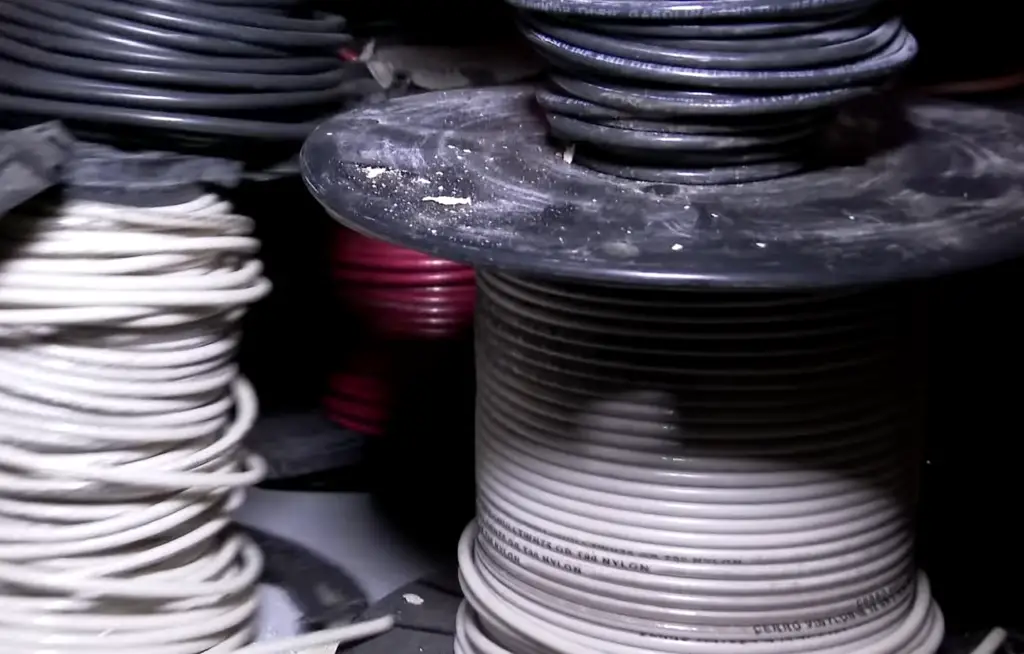
A thermal-magnetic circuit breaker works by using two separate mechanisms to protect a circuit. The first is the thermal protection which trips the breaker when a certain amount of current passes through it. This current threshold can be adjusted depending on your needs and is typically between 15 to 25 amps. If the current exceeds this set value, then the breaker will trip.
The second mechanism is the magnetic tripping which happens even faster than the thermal process if an excessive current occurs (up to 6 times faster). It works by creating a strong magnetic field around the wire as it carries electricity, similar to a transformer or electromagnet. When this field becomes too strong due to an excessive amount of current, it trips the breaker, protecting the circuit and preventing damage. [2]
Overall, thermal-magnetic tripping mechanisms are an excellent way to provide extra protection for circuits and should be considered for any residential or commercial applications. With their increased safety and speed of response, they can help reduce potential damage caused by short circuits or overheating.
Arc Suppression Coils
ASCs are an important component in the operation of a circuit breaker. ASCs help to suppress arcs, or sparks, which can form when current passes through air gaps in a faulty or damaged electrical connection. These arcs can cause permanent damage to the wiring and be dangerous for people working around them.
When an arc is detected, the ASC creates a magnetic field around the gap which disrupts the flow of electrons and suppresses the arc. This prevents any further damage from occurring and allows the circuit breaker to trip if necessary, protecting all other components from potential harm. ASCs come in several different types depending on their specific application, ranging from low voltage to high voltage breakers. Low-voltage ASDs are designed for applications such as home circuit breakers, while high-voltage ASDs are used in industrial settings. Regardless of the type of ASC, all are designed to reduce the risks associated with arcing and ensure that circuit breakers operate safely.
Fuses may be added to protect against too much power flowing through a circuit, and current ratings are used to ensure the breaker is suitable for its purpose. By combining these components with an efficient ASC, circuit breakers can provide reliable protection against electrical faults and ensure a safe working environment. [3]
In conclusion, arc suppression coils are essential components in any circuit breaker system. They help to reduce the risk of arcs forming due to faulty or damaged wiring and protect all associated circuits from potential harm. ASCs come in various types depending on their specific application, but regardless of type they all work together with other components such as fusible links, time delays relays and bimetallic strips to create an effective safety system for any electrical installation.
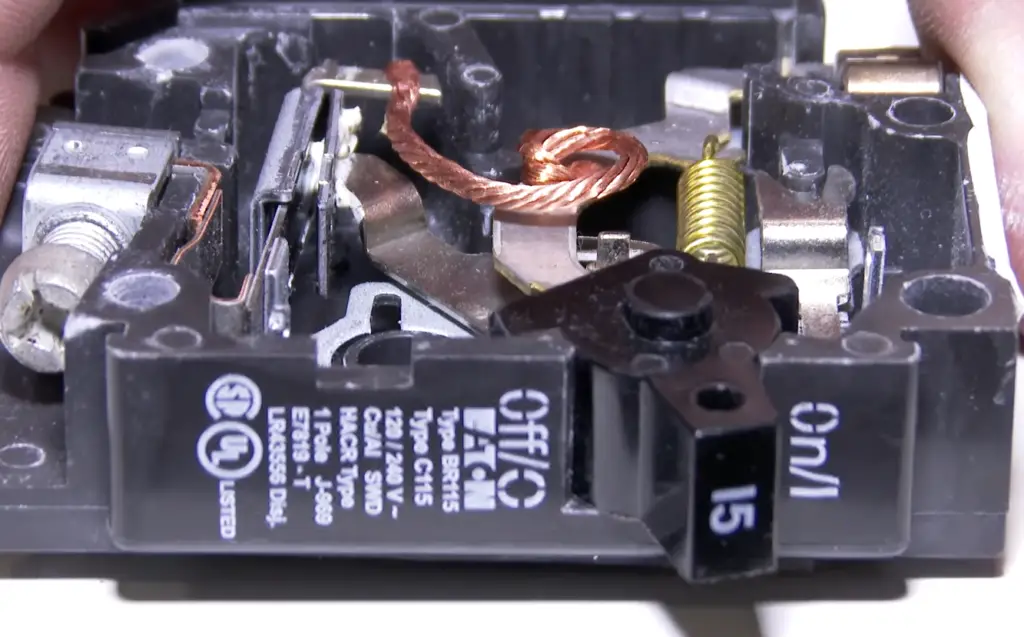
Tips for Maintaining Circuit Breakers
Circuit breakers are important components of many electrical systems, and thus, they need to be properly maintained in order to ensure their proper functioning. Here are some tips for maintaining circuit breakers:
- Regularly check the connections between your circuit breaker and other equipment. Make sure that all the wires and terminals are securely connected and corrosion-free.
- Keep circuit breakers clean by wiping them down with a soft cloth or using compressed air to blow dust off of them. This will help minimize damage from dirt and debris build up in the interior of the breaker.
- Test your circuit breaker monthly with a multimeter, which will measure voltage, current, or resistance depending on what you need to test. This will help you detect any problems or irregularities in your breaker before they become too severe.
- Replace a circuit breaker if it has gotten too hot due to overuse, as this could cause the insulation inside of it to break down and lead to an electrical fire.
- Have a qualified electrician inspect the panel box for any signs of wear or damage on a regular basis, such as loose connections or corrosion.
By following these tips, you can help ensure that your circuit breaker is functioning properly and reduce the risk of any damage or hazardous conditions related to improper use and maintenance of your system. [4]

Common Causes of Circuit Breaker Tripping
Circuit breakers are designed to trip when there is an overload, short circuit, or ground fault. Overloads occur when the current running through the wiring is more than it can handle. Short circuits happen when the wires touch each other and electricity takes a shortcut, causing high currents to flow. Finally, ground faults correspond to faulty insulation that allows electricity to escape and seek a path along another wire or object, like a pipe.
In all three cases, too much current will flow through the circuit breaker which causes it to trip. This protection feature prevents further damage from occurring in your home’s wiring system. Common causes of circuit breaker tripping include overloading outlets with multiple devices, damaged cords on appliances, damaged switches, and improper wiring.
It is important to note that even if the circuit breaker trips, there may still be an underlying issue with your home’s wiring system that needs to be addressed. If the problem persists, it may indicate a more serious issue that requires professional attention. To prevent further problems from arising in the future, take steps such as having any necessary repairs done by a qualified electrician and making sure not to overload outlets. Taking these measures can help ensure your home’s safety and protect your appliances from damage due to power surges or outages.

What to Do If a Circuit Breaker Is Tripped?
If a circuit breaker is tripped, it’s important to troubleshoot the cause and fix it quickly. First, check if the issue has been resolved, by turning the switch back on. If it trips again, you may need to reset the breaker manually by pressing down on the “Trip” or “Reset” lever on the exterior of the box.
Once you have successfully reset the breaker switch, check for any signs of a short circuit such as melting plastic or insulation on wires in an outlet or burned-out light bulbs. If there is evidence of a short circuit, turn off all power in that area and contact a qualified electrician immediately. [5]
If there are no obvious signs of a short circuit, you may need to identify the overloaded circuit. Check all connected appliances and devices in that area and unplug any unnecessary items. Try resetting the breaker again and if the problem persists, it is best to contact a qualified electrician for further assistance.
It’s important to note that overloading a single circuit can lead to an electrical fire, so it’s best to take extra precautions when dealing with electricity issues. Ensure that your home or office has working smoke detectors as a precautionary measure before resetting the breaker switch. Make sure all of your wiring is up-to-date and be aware of how much power each individual outlet or light fixture can handle before adding too many appliances or lights onto one circuit.
What Is The Difference Between A Circuit Breaker And A Fuse?
A circuit breaker is an automatically operated electrical switch designed to protect an electrical circuit from damage caused by overload or short circuit. It works by interrupting the current flow in the circuit when too much current flows through it, thus preventing further damage. Fuses, on the other hand, are manual devices that require a person to actually remove and replace them. They work by melting when too much current passes through them, breaking the circuit flow until they can be replaced.
While both a fuse and a circuit breaker serve the same basic purpose of protecting a home’s electrical system from overloading, their designs and functions are quite different. Circuit breakers are more reliable than fuses because they can sense problems before they become dangerous and quickly shut off the power to stop any damage from occurring. Fuses, on the other hand, must be replaced after they’ve been used and aren’t as reliable in preventing problems.
If an electrical system is not properly maintained or overloaded constantly, circuit breakers may also trip frequently and require resetting. This can become a hassle for homeowners who don’t understand the cause of the tripping breaker. Regular maintenance and repair of your home’s electrical system can help reduce this problem and ensure more efficient operation of your circuit breaker. [6]
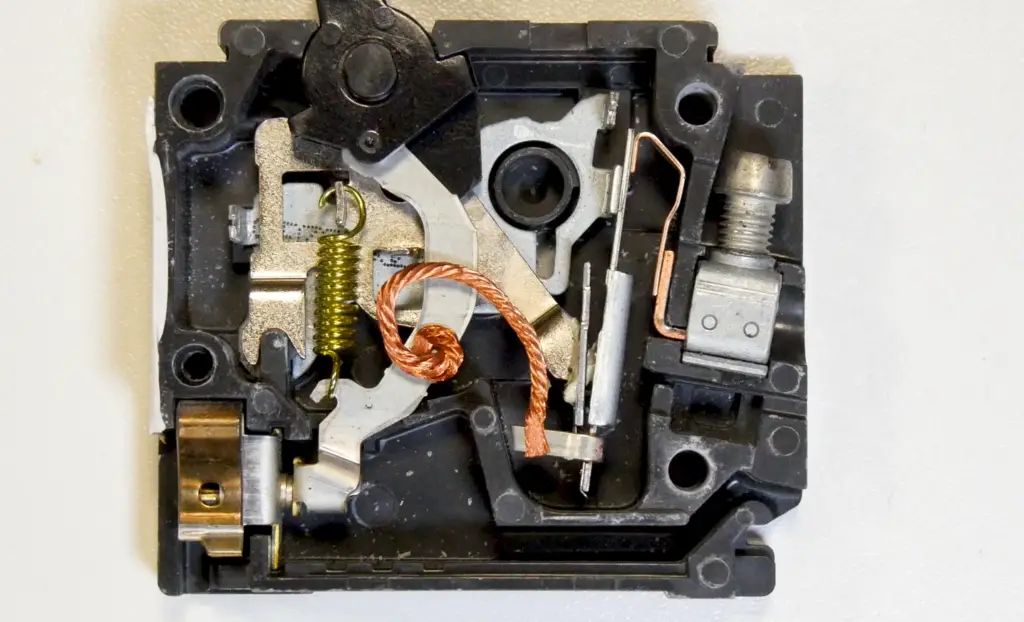
FAQ
How does a simple circuit breaker work?
A circuit breaker is essentially a switch that can be operated manually or by an electric current. Its main function is to protect an electrical circuit from damage caused by excess current from an overload or short circuit. In the event of a power surge, the circuit breaker will automatically shut off the flow of electricity to prevent further damage. It does this by disconnecting both the hot and neutral wires leading to and from the overloaded circuit. When switched back on, it reconnects these two wires so that power can be restored to the protected area.
Where should I install a circuit breaker?
Circuit breakers should always be installed in locations where they are easily accessible for maintenance purposes and safe from any potential hazards, such as water or heat sources. It’s also important to make sure the circuit breaker is installed in such a way that it won’t be overloaded by more electricity than it can handle. This can be accomplished by making sure all appliances and devices plugged into the same circuit are not drawing too much power.
What is the difference between an overload and a short circuit?
An overload occurs when too much current flows through a circuit, causing it to heat up and potentially cause damage. A short circuit happens when a hot wire comes into contact with either another hot or neutral wire, allowing an unrestricted flow of electricity that can easily cause an electrical fire. Both conditions require immediate attention and should be addressed as quickly as possible for safety reasons.
Are there any safety precautions I should take when working with a circuit breaker?
How does a circuit breaker know when to trip?
A circuit breaker is designed to detect excessive current flowing through an overloaded electrical circuit. When the amount of current in a circuit exceeds its rated capacity, the internal components of the circuit breaker heat up and activate a switching mechanism. This switching mechanism triggers a set of contacts that open like a switch, and interrupts the flow of electricity. In other words, it “trips” or de-activates itself before any damage can occur. The amount of current necessary to trip a circuit breaker depends on its size and rating; most common household breakers are rated for 15 or 20 amps. Therefore, when too much current flows through a protected circuit, it causes an increase in temperature within the breaker which will eventually cause it to trip off. In summary, a circuit breaker is designed to sense the amount of current flowing through an electrical circuit and will trip off when it reaches its pre-set maximum. This helps protect against dangers such as electrical overloads and short circuits, ensuring that your home or workplace remains safe from harm.
How does a circuit breaker sense current?
A circuit breaker has two main components – a sensing device and a switching element. The sensing device monitors the current going through the circuit and, when it detects an overload or short circuit, it triggers the switching element. This switching element responds by either tripping the switch to open the circuit (in case of an overload) or breaking the circuit altogether (in case of a short).
Useful Video: How a Circuit Breaker Works in Slow Motion – Warped Perception – 4K
Conclusion
In conclusion, circuit breakers are an essential part of any electrical system. They protect the system from dangerous overloads which could lead to irreparable damage or even fire hazards. Circuit breakers work by interrupting the flow of electricity when a certain threshold is exceeded or in the event of a short circuit. By doing so, they help prevent serious accidents and provide peace of mind for homeowners, businesses, and other organizations who rely on electrical power. With proper maintenance and regular inspections, these devices can ensure the safe operation of any electrical system for many years to come.
References
- https://realpars.com/circuit-breaker/
- https://www.baypower.com/blog/how-circuit-breakers-work/
- https://electronics.howstuffworks.com/circuit-breaker.htm
- https://www.familyhandyman.com/article/how-circuit-breakers-work/
- https://www.directenergyprotects.com/learning-center/electric/circuit-breaker-101
- https://www.circuitbreakerwholesale.com/blogs/circuit-breakers/how-does-a-circuit-breaker-work





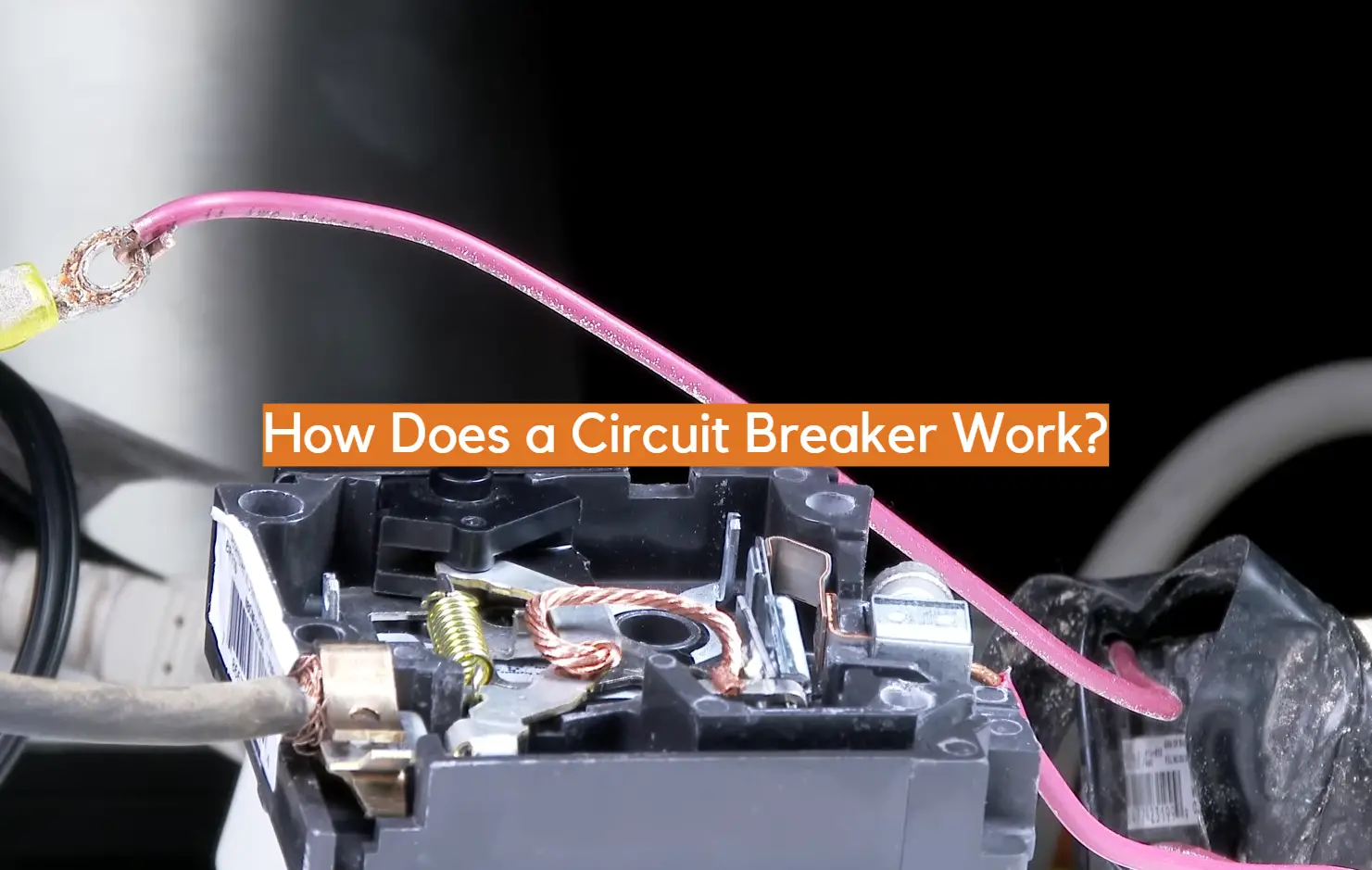




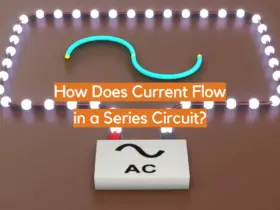



Leave a Reply